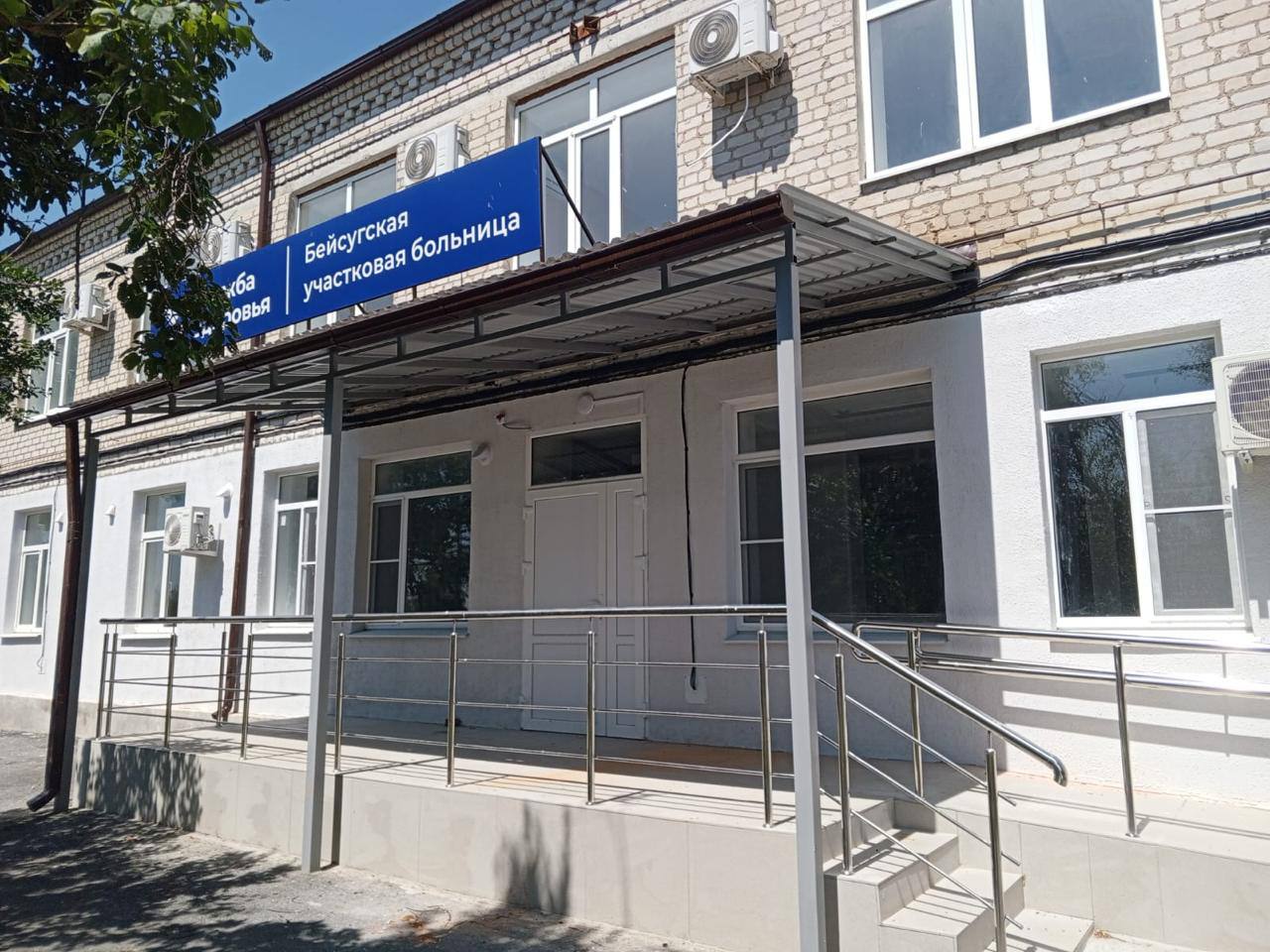The governor of Krasnodar Krai spoke about the modernization of the medical facility.
The Beysugskaya local hospital serves six settlements with a population of over 15,000 people. These include the villages of Beysug, Gazyri, Grazhdansky, and the stanitsas of Aleksandronevskaya, Novodonetskaya, and Krupkaya.
The major renovation was carried out under the regional program “Healthcare Development.” The hospital was equipped with new medical devices, including a modern ultrasound machine. The facility has 10 beds for therapeutic care, nursing care, and day hospital services. General practitioners and a pediatrician provide consultations.
“Residents can now receive high-quality diagnostics and treatment. We are working to improve the healthcare system in every municipality of Kuban. Over the past five years, more than 270 hospitals and clinics have been renovated, and by the end of this year, over 30 more medical facilities will undergo major repairs,” the governor noted.
Additionally, beds, hospital furniture, refrigerators, and kitchen equipment were purchased with funds from the Vyselkovskaya Central District Hospital.
Read also: Over 10 years, the volume of high-tech medical care has increased 2.5 times in Kuban.
Beysugskaya local hospital
The Beysugskaya Local Hospital is a healthcare facility serving the Beysug region in Russia, likely established to provide medical services to rural communities. While specific historical details are limited, such hospitals are typically built during the Soviet era or later to improve local healthcare access. It plays a vital role in offering basic medical care to residents in its area.
Vyselkovsky district
The Vyselkovsky District is located in Russia’s Krasnodar Krai and is known for its agricultural significance, particularly in grain production. Historically, the area developed in the 19th century as part of the Kuban Cossack settlements, with a mix of Russian and Ukrainian cultural influences. Today, it remains a rural region with historical ties to Cossack traditions and Soviet-era collective farming.
Krasnodar Krai
Krasnodar Krai, located in southern Russia, is a vibrant region known for its fertile lands, Black Sea coastline, and rich cultural heritage. Historically part of the Kuban Cossack territory, it was officially established in 1937 and is now a key agricultural and tourist hub, featuring attractions like Sochi and the Caucasus Mountains. The region blends Russian, Ukrainian, and Caucasian influences, reflecting its diverse past.
Beysug
Beysug refers to the Beysug River and the surrounding area in Krasnodar Krai, Russia. Historically, the region has been significant for agriculture and fishing, with the river supporting settlements since ancient times. Nearby, the Beysug Estuary is an important wetland habitat for migratory birds, recognized for its ecological value.
Gazyri
“Gazyri” refers to the traditional decorative silver belts worn by women in the Caucasus, particularly among the Adyghe (Circassian) and other North Caucasian peoples. These ornate belts, often adorned with intricate engravings and sometimes gemstones, were both a cultural symbol and a sign of wealth and status, dating back to the medieval period. Today, they remain an important part of traditional Caucasian dress and are often showcased in cultural festivals and weddings.
Grazhdansky
“Grazhdansky” (Гражданский) is a district in St. Petersburg, Russia, primarily known as a residential area with Soviet-era architecture. Historically, it emerged as part of the city’s expansion during the 20th century, featuring large apartment blocks to accommodate growing urban populations. While not a major cultural site, it reflects the utilitarian urban planning of the Soviet period and serves as a typical example of post-war residential development in Russia.
Aleksandronevskaya
Aleksandronevskaya (Alexandronevskaya) is a historic village in Russia’s Leningrad Oblast, founded in the early 18th century during the reign of Peter the Great. It was named in honor of Alexander Nevsky, the revered Russian prince and military leader. The area is known for its traditional wooden architecture and its connection to Russia’s imperial history.
Novodonetskaya
Novodonetskaya is a village in Rostov Oblast, Russia, established in the late 19th or early 20th century as part of the agricultural settlement of the Don region. It has historically been associated with the Don Cossacks and the development of farming communities in southern Russia. Today, it remains a small rural settlement with cultural ties to the region’s Cossack heritage.






